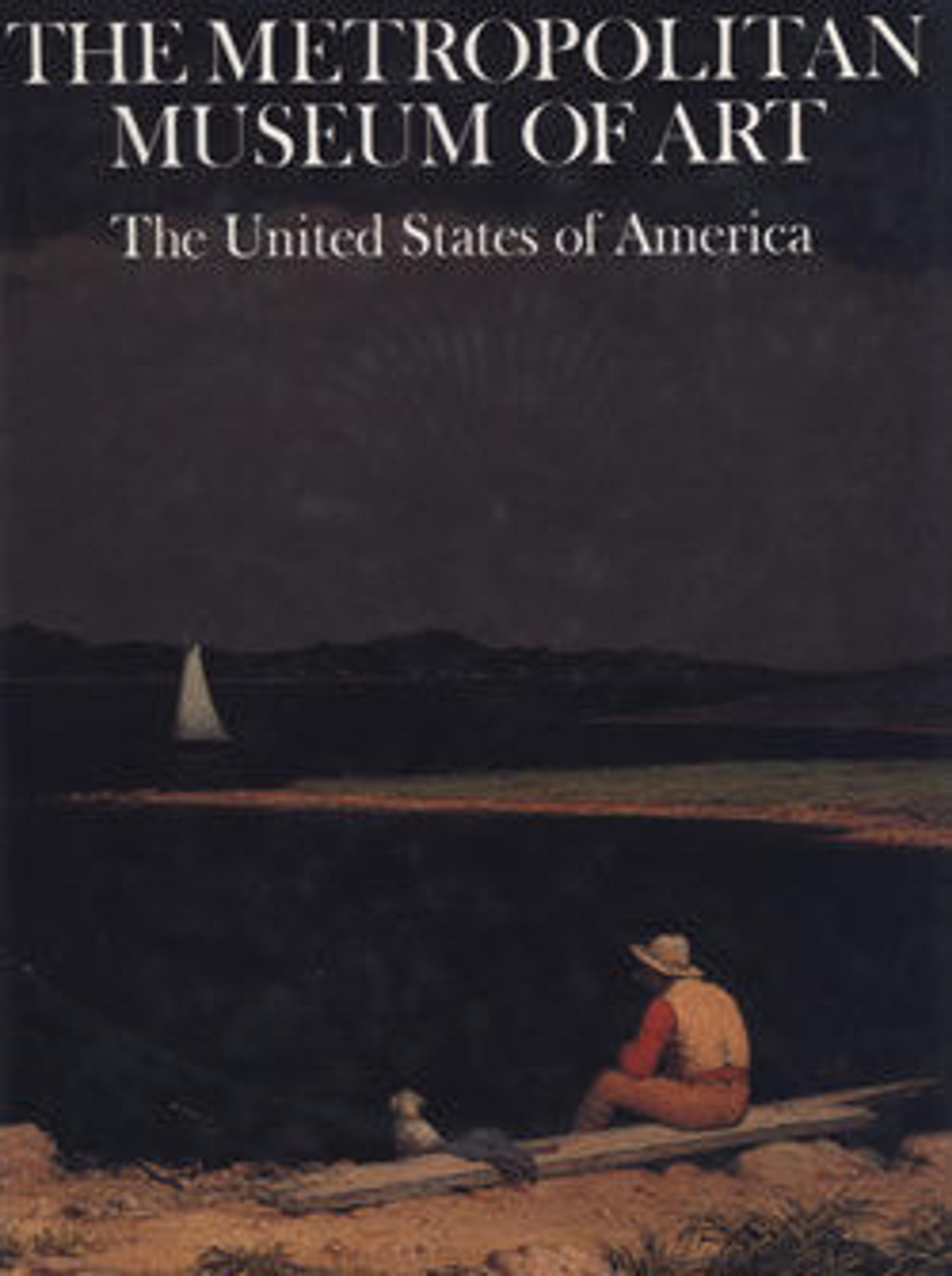The Coming of Spring
This first "reconstruction," begun in April 1943, marked a turning point for Burchfield, as he began to reclaim the inventive fantasy and spontaneity that had enlivened his earliest watercolors. The Coming of Spring was started even before a larger, more realistic version of the composition entitled Two Ravines (1934–43; Hunter Museum of American Art, Chattanooga) was completed. Both were based on the same 1917 watercolor of a Salem forest scene, but instead of working from it (as he did for Two Ravines), Burchfield painted directly on the earlier watercolor, expanding its dimensions. What the artist had once considered an 'uncompleted failure' (he painted over it in gouache in 1919 and restored it in 1931) was now dubbed "a delight," full of "abandoned creativeness."
The subject of two ravines—one symbolizing the coming of spring, the other the persistence of winter—took on new significance for the artist in the 1920s, when his wife was expecting their first child. As Burchfield wrote, "The coming of Spring will be a true Spring at last, for with it will come the new life. Winter takes on a new meaning, for all the long months the new life will be growing and with the fulfillment of spring, be born."
The subject of two ravines—one symbolizing the coming of spring, the other the persistence of winter—took on new significance for the artist in the 1920s, when his wife was expecting their first child. As Burchfield wrote, "The coming of Spring will be a true Spring at last, for with it will come the new life. Winter takes on a new meaning, for all the long months the new life will be growing and with the fulfillment of spring, be born."
Artwork Details
- Title:The Coming of Spring
- Artist:Charles Ephraim Burchfield (American, Ashtabula Harbor, Ohio 1893–1967 West Seneca, New York)
- Date:1917–43
- Medium:Watercolor on six sheets of paper, mounted on presswood
- Dimensions:34 × 48 in. (86.4 × 121.9 cm)
- Classification:Drawings
- Credit Line:George A. Hearn Fund, 1943
- Object Number:43.159.6
- Curatorial Department: Modern and Contemporary Art
More Artwork
Research Resources
The Met provides unparalleled resources for research and welcomes an international community of students and scholars. The Met's Open Access API is where creators and researchers can connect to the The Met collection. Open Access data and public domain images are available for unrestricted commercial and noncommercial use without permission or fee.
To request images under copyright and other restrictions, please use this Image Request form.
Feedback
We continue to research and examine historical and cultural context for objects in The Met collection. If you have comments or questions about this object record, please contact us using the form below. The Museum looks forward to receiving your comments.
